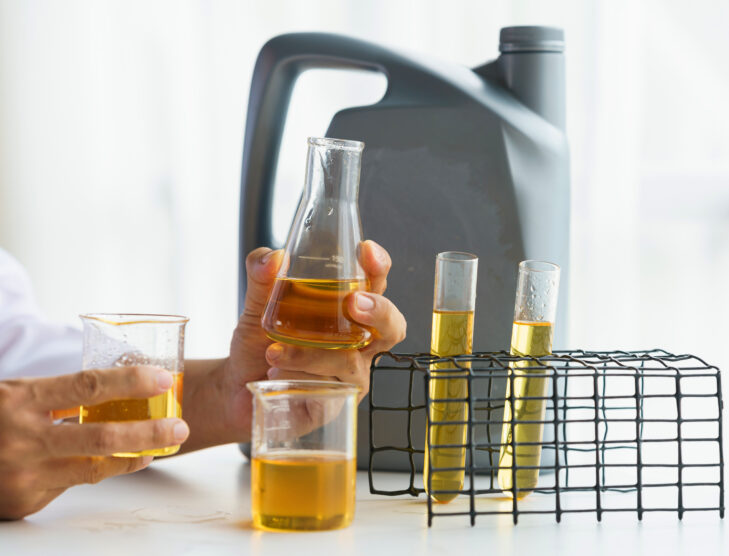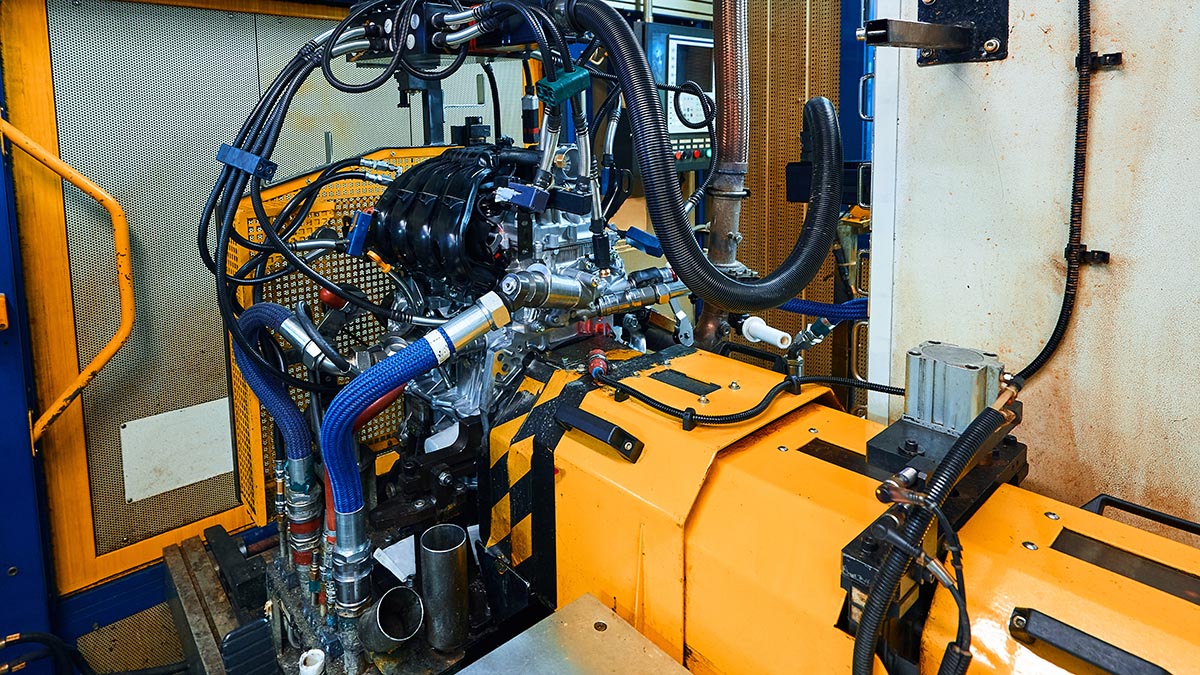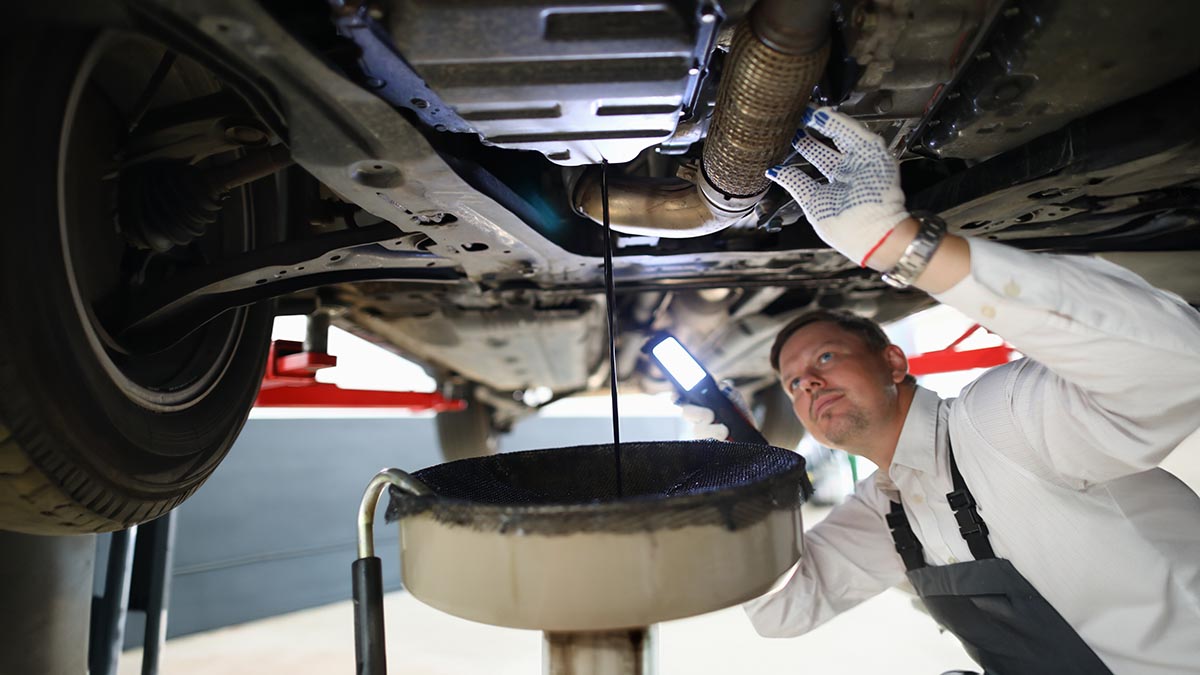
ILSAC GF-7 engine oil specifications head to ballot
The Auto Oil Advisory Panel (AOAP) moved to ballot the ILSAC GF-7A and GF-7B gasoline engine oil standards, marking a significant step towards finalizing the specifications for the next generation of passenger car motor oils (PCMO). The ballot, which went out on February 16, 2024, opens a 30-day window for comments, aiming for the first available licensing of GF-7 by March 2025.
During a meeting at the Southwest Research Institute in San Antonio, Texas, U.S.A., on February 14, 2024, the AOAP accepted a motion to ballot the ILSAC GF-7A and GF-7B gasoline performance standards. The vote aims to finalise the technical specifications for the next generation of passenger car motor oils (PCMO). The target date for first licensing of GF-7 is March 31, 2025.
AOAP consists of gasoline engine manufacturers, oil marketers and additives suppliers. The group is responsible for the development of the specifications against which engine oil performance is certified and licensed by the American Petroleum Institute (API).
The motion to ballot ILSAC GF-7A and GF-7B was initiated by AOAP co-chair and senior technical advisor at HF Sinclair, Daryl Purificati, and seconded by Kyle Kress, director – OEM products of Phillips 66 Lubricants. A roll call vote with a simple majority allowed the draft specification to move forward to formal, electronic balloting.
Before authorizing a formal ballot for ILSAC GF-7 some concerns were raised by some AOAP stakeholders regarding the draft ILSAC GF-7 specification and licensing timing.
Ford Motor Company’s Michael Deegan, chairman of the International Lubricant Specification Advisory Committee (ILSAC)—a group that represents major automakers, outlined the improved performance specifications in the ILSAC GF-7 request.
ILSAC GF-7’s key performance improvements to the current GF-6 category include “fairly significant” fuel economy improvements in the Sequence VIE engine test to cover SAE XW-20, XW-30 and 10W-30 viscosity grades with improved piston cleanliness. Sequence VIF, SAE 0W-16, also includes fuel economy improvement but does not require weighted piston deposit (WPD) improvement like GF-7A, says Deegan.
The Sequence IX engine test assesses the capacity of motor oil to counteract Low-Speed Pre-ignition (LSPI) within the combustion chambers of turbocharged, direct injected, gasoline engines. With GF-7, aged oil candidates are tested for LSPI protection.

Other GF-7 engine oil standard performance changes include a slight enhancement in timing chain wear, lowering the maximum % increase from 0.085 to 0.080 in the Sequence X engine test. Mini-rotary viscometer (MRV) viscosity drops from 60,000 to less than 40,000 centipoise (cP), and additional, new Rate and Report (R&R) seals testing for ACM-2, AEM-2, AEM-3, and FKM-3 which are included in the list of elastomers. Despite prior discussion on accuracy of the NOACK volatility test—a test that determines the evaporative loss of lubricants in high-temperature service—this performance specification remains unchanged at 15% at 250 degrees Celsius. Concerns around the rounding of the results of ASTM D874 Sulphated Ash Bench Test lead to a single decimal point limit in GF-7A and 7B draft specifications with a 0.9% maximum sulphated ash requirement.
A new oil gelation test procedure, ASTM WK86363, is under development. The test, a modification of ASTM D6795, was intended to address issues relating to oil gelation during extended vehicle storage. Despite the importance of ongoing oil gelation testing, there is widespread acknowledgement that the test may not be available by the March 2025 first licensing date. The Testing Institute, ISP is endeavouring to duplicate gelation test results using an ISP high speed, homogenization, waring blender. However, there is no guarantee that the oil gelation test will become available as planned.
In the absence of the gelation test, AOAP has agreed to retain the gelation procedure in the GF-7 specification with the notation¸—“If available at the time of licensing.” An ASTM Surveillance Panel is tasked with clarifying when (or if) the test is deemed available. Historically, if a test becomes available later there has been no requirement to go back and requalify oils.
The Sequence IIIH engine test evaluates lubricant thickening and piston deposits in high-temperature conditions. A primary focus of GF-7 is a significant reduction in piston deposits. ILSAC’s GF-7 specification mandates a Weighted Piston Deposit (WPD) rating of 4.6 merits for GF-7A and 4.2 merits for GF-7B, specifically for the 0W-16 viscosity grade.
There are two different proposals on Sequence IIIH WPD requirements of 4.6 merits and 4.4 merits. Comments on the proposal were sought using a non-binding comment solicitation ballot and evaluated during the February 14 meeting. The lower WPD adjustment would facilitate GF-7 progression, while offering a more attainable “middle ground” to achieve GF-7 fuel economy.
Deegan underscored the significance of elevated WPD merit ratings (cleaner pistons) from Ford’s standpoint, pointing to factors like higher turbocharging and hotter combustion—which demand precise oil specifications to prevent oxidation and carbon deposits in the engine and exhaust. He advocated for a WPD of 4.6 merit or higher to safeguard against oil oxidation forming carbon deposits and expressed reservations about the efficacy of WPD 4.4 merit rating which is within the standard deviation of the current WPD 4.2 merit rating.
The AOAP agreed to ballot ILSAC GF-7A with a minimum pass limit of WPD 4.6 merits, aligning with ILSAC’s original request to the AOAP.
During the San Antonio meeting in February 2024, several AOAP members expressed unease about timelines. If approved during the balloting, GF-7 enters a one-year mandatory waiting period before first licensing. The waiting period allows additive companies to complete and document engine oil formulations which have demonstrated GF-7 performance. Oil manufacturers will have time to procure and adjust their manufacturing to produce certified GF-7 engine oil formulations before the first licensing date. The standard waiting period is 12 months and ensures fairness in the marketplace when meeting the GF-7 first licensing of March 2025.

The Certification Mark, Starburst, is an evergreen mark which represents that the oil meets the performance of the most recent ILSAC category. After first licensing, there is an “overlap” or “transition” period where oil marketers are permitted to sell existing licensed GF-6 inventory, to avoid wastage. During this time, oil marketers are not expected to continue producing older ILSAC categories longer than necessary. Once the overlap is complete, only the latest category of PCMO may carry the ILSAC Starburst quality mark.
In recent category updates, the timeframe from first licensing to mandatory use has been one year. During the AOAP meeting, the Japanese Automobile Manufacturers Association (JAMA) discussed their proposal to extend the GF-6/GF-7 overlap from one to three years, ostensibly to facilitate a smoother transition to the new standard.
Some members of the panel highlighted concerns that prolonging the overlap of GF-6 and GF-7 products would increase confusion in the marketplace, create service issues and lead to greater misapplication. The majority view from AOAP is that there is no technical reason to extend beyond the transition period of one year.
Irrespective of concerns regarding timing, these determinations lie beyond the jurisdiction of the technical panel. While the AOAP has the authority to propose alterations to timing, extensions to initial licensing and overlap periods are integral components of the licensing procedure and operate independently of standards development. The group can offer additional insights to API for evaluation.
The ballot determines the approval of the draft specification. However, timing considerations may still influence individual decisions related to balloting. The balloting process requires a more than two-thirds majority to pass, and comments can be either editorial or technical. The ballot is set to close on March 18, with the next meeting of the AOAP scheduled for March 22, 2024, at Detroit Airport.







